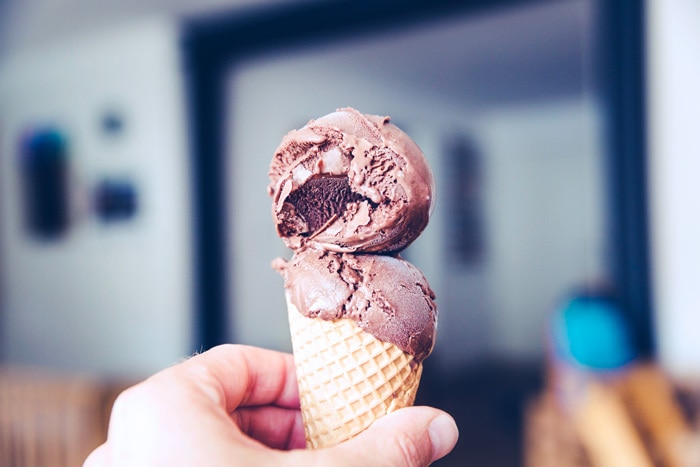
Written By: Beth Ehrensberger, RD
Title: Registered Dietitian
Alumni: University of Tennessee, Knoxville
Last Updated on:

What’s in your post-New Year’s resolution grocery cart? Fat-free salad dressing? Fat-free cheese? If you’ve vowed to cut the fat, but are already bored with dry fat-free meals that lack taste, don’t become discouraged!
The solution is a diet that allows you to eat delicious, healthful foods, but doesn’t hinder your weight loss. It may be as simple as adding a little fat to your fat-free repertoire. This isn’t an excuse, though, to say “extra cheese; pass the mayo!” You must first familiarize yourself with the facts.
Table of Contents
Unless you have been prescribed a therapeutic diet, fat-free isn’t the way to be. Fat is an important and necessary part of a healthy diet (even a weight loss diet). One of the most important functions of fat is its role in aiding the absorption of fat-soluble Vitamins A, E, D, and K. Without fat, your body can’t use these vitamins to unlock their health benefits. Though protein foods will make you feel full for the longest, fat follows closely behind. A meal with a bit of fat and protein can help you feel full and take your mind off food, ultimately giving you greater control over the amount of calories you eat.

Fat-free foods can be tricky: if you examine the package closely, you will often find that the calorie difference between the fat-free and the original version is very minimal. Why? When manufacturers take away the fat in a product, they add extras like sugar to improve the taste, thereby adding calories. With savory fat-free products like cheese, you probably won’t find added sugar, but you will find added sodium.
So be careful: when you go fat-free, you may not be getting the health bargain you planned, since fat-free foods can still be loaded in calories. Scarfing down an entire bag of fat-free chips can add nearly 500 calories to your day! Fat-free foods can be a good addition to your daily diet if you’re watching your calories, but it’s up to you to make sure you’re using them wisely.
Because you don’t need a lot of fat to get the benefits (a healthy diet is one that derives 30% of calories from fat), choose the fats you eat wisely. Even though good fats are heart healthy, it’s important to keep an eye on your fat consumption. Olive oil and peanuts, which contain monounsaturated fat, are great additions to your diet, but are very calorie-dense, so make your servings small. Instead of choosing saturated and trans fat-filled foods, substitute foods rich in monounsaturated or polyunsaturated fat: avocados; oils like olive, canola, corn, sunflower and soy; nuts; and Omega 3 fats derived from fish and flax.
A fat-free diet isn’t only unfulfilling, it’s not healthy! Fat is critical for body functions, and has an important place in your diet, even when you’re watching your weight. When you’re choosing fat for your diet, pick heart-healthy monounsaturated and polyunsaturated fats.
Alumni: University of Tennessee, Knoxville – Beth Sumrell Ehrensberger is a Registered Dietitian and holds a Master Degree in Public Health. An experienced nutrition counselor, writer and public speaker, Beth specializes in translating complex nutrition information into practical concepts. Beth was awarded a Nutrition Communications Fellowship to the National Cancer Institute, and has worked on the internationally recognized Nutrition Action Healthletter of the Center for Science in the Public Interest.